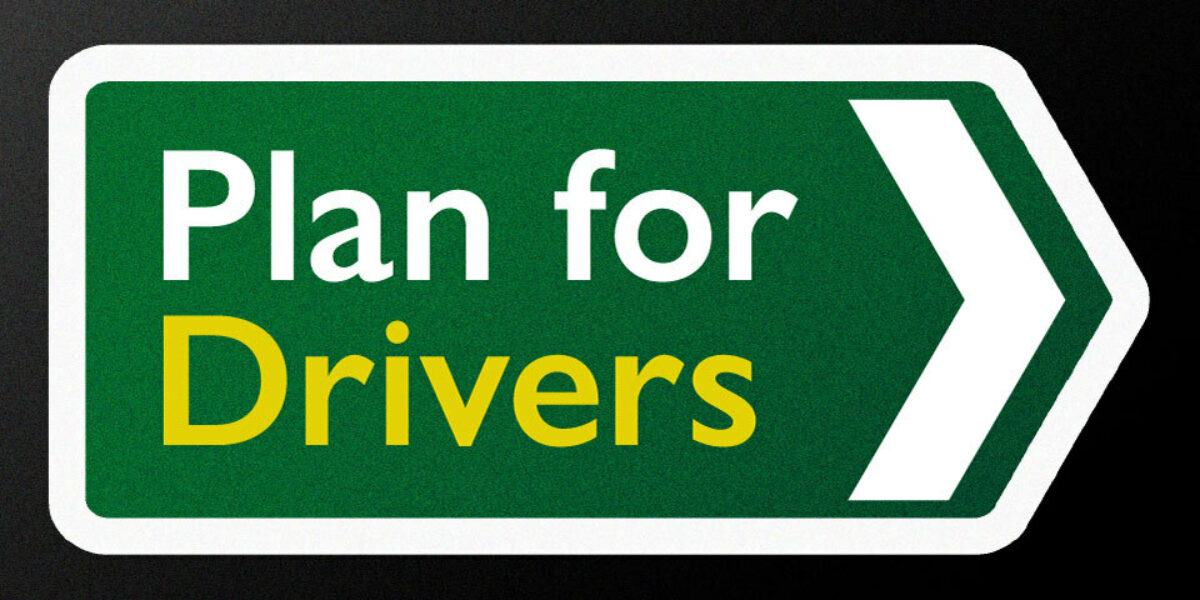Government drives forward to support the motorist
New plan for the roads and driving set out as a general election looms
The government has announced a series of new measures which it believes will “benefit motorists”.
Policy changes and reviews will consider issues ranging from low-traffic neighbourhoods and 20mph zones to yellow box junctions and bus lanes.
Transport Minister Mark Harper states he “wants local people to have their voices heard”.
Pro the motorist
DfT says motorists will benefit from a crackdown on ‘anti-driver road schemes, over-zealous traffic enforcement’.
The government’s Plan for Drivers is another statement of support for what they see as the beleaguered motorists. Ministers feel that some local authorities are using vehicle owners as “cash cows.” Both having to abide by or failing to abide by modern motoring restrictions is adding escalating costs to the humble motorist.
Moreover, restrictions often result in longer journey times, less access and greater inconvenience.
All this comes as the public has faced a significant squeeze on their finances as the cost of living crisis continues to affect the country.
Getting local
The DfT has published a draft of statutory guidance for councils on low-traffic neighbourhoods (LTNs). This stipulates that councils and local authorities must gain buy-in from local residents, businesses, and emergency services when considering the implementation of new LTN schemes. These could be in-person events, online engagement, and leaflet drops, all intended to ‘involve the whole community in the process’. An LTN must have local support before it is implemented.
Starting this summer, local authorities will be obliged to follow the guidance when shaping new and existing schemes.
If local authorities fail to deliver ‘sensible road schemes that work for local people’, they could see future funding withdrawn. In extreme situations, the government could take direct control of an authority’s roads if deemed mismanaged.
Regarding 20 mph speed limits, the DfT has published strengthened guidance. This encourages reserving 20mph limits for ‘sensible and appropriate areas only’. These might include outside schools and with ‘safety and local support at the heart of the decision’.
Support and protection
Mark Harper, transport secretary, said: “We want local people to have their voices heard and any traffic schemes to have the consent of those they impact.
“Well-thought-out schemes, like 20mph limits outside schools, can make our roads safer, but we are raising the bar to help ensure all traffic schemes work for everyone in the community.
“We’re on the side of drivers, and these latest measures show we’re getting on with delivering what we promised in our Plan for Drivers, making their lives better, fairer and cheaper and helping people travel in the way that works best for them.”
Plenty to think about
The government’s Plan for Drivers and revised guidance on setting speed limits have not been welcomed by the campaign group 20s Plenty for Us, who have published their own briefing in response to the new guidance.
Rod King, founder and campaign director for 20s Plenty for Us, said: “We note that the Government and DfT have not published a ‘Plan for pedestrians and cyclists’, a ‘Plan for child and elderly mobility’, a ‘Plan for place-making in communities’ or a ‘Plan for Public Health’.
“Whilst we could have hoped for any or all of these in the public interest, the current ‘Plan for Drivers’ seems to be a plan against all of these beneficial outcomes of lower speed limits.
“This plan fails to recognise that drivers have lives outside their cars. Lives in which their children, the elderly, the disabled, air pollution, noise and public health do matter to them.”
However, RAC head of policy, Simon Williams, was more positive about some of the proposals.
“We’re very pleased to see the government responding to our calls for clearer guidance on yellow box junctions” with their consultation on the misuse of these measures.
Williams adds that “it’s also extremely positive to see progress made on the installation of noise cameras.” RAC’s own research found that 6-in-10 drivers (58%) were in favour of these measures last year. Excessive noise pollution is not only extremely frustrating, but it could also have a serious impact on residents’ health and lives, and until this point, there’s been very little anyone can do about it.”
Seeing green
Instead of encouraging people out of cars and onto more eco-friendly public transport, the announcement includes a comprehensive package of other measures “designed to put people back in the driving seat,” states the announcement.
Along with the extension of the deadline on the ban on new diesel and petrol vehicles to 2035 and new licenses to drill for oil and gas in the North Sea, there seems to be some confusion about the government’s environmental direction.
Many commentators see the big announcement as part of the run-up to a general election. With cars remaining an important part of most people’s lives, they are often used to win support from voters. However, this often leaves policymakers open to attacks from other sides, including those with environmental and road safety interests.
Going red
This new raft of proposals also includes traffic light upgrades across the country. Innovative technology will allow them to respond to live traffic conditions. It is believed this will improve journey times and reduce congestion caused by red lights.
The DfT has also launched consultations on measures to prevent local councils from ‘turning drivers into cash cows’. Yellow box junctions and parking restrictions are two areas highlighted.
Local people are envisaged getting a stronger voice regarding road schemes that affect them. They will have their say on whether they think enforcement is fair or believe authorities should be restricted in their traffic enforcement powers. As with LTNs, the government will also consider restricting local authorities’ access to third-party data, such as the DVLA database, for enforcement purposes.
The government also believes restrictions on bus lane use are too rigid, creating delays and causing drivers to be fined regularly. New guidance ensures that bus lanes only operate when it makes sense, like when traffic is heavy enough to delay buses. This will prevent drivers from being hit with unfair fines.
Furthermore, motorcycle access to bus lanes becoming standard will be consulted on.
There are also more plans to crack down on disruptive street works.





